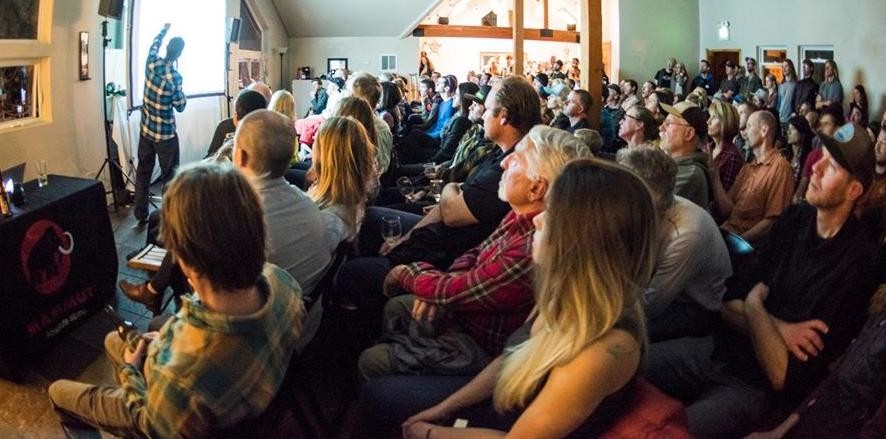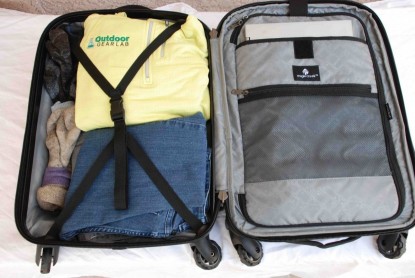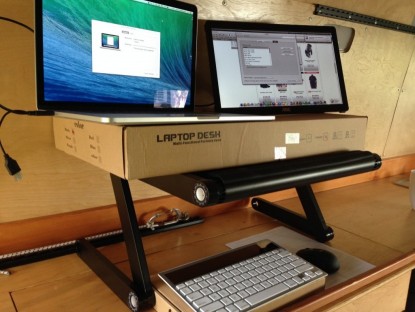There's a lot of great advice on the topic already. This article is specifically about raising $5-10K for small nonprofits or projects with the least amount of volunteer time. Spend more than 30 hours, and small volunteer organizations are often overloaded to they point they only do a few events a year. At the 30-hour level, split among 4-6 people, it's not much of strain on anyone.
The Draw
Get a big national name with ties to your community. Since 100 percent of proceeds are going to community, and you only need 1.5 hours of their time, this shouldn't be too hard if you contact 5-10 people.
The Ticket Cost
Charge admission. This is usually 60-80 percent of the event's take (unless you have a super raffle that takes many more than 30 hours to organize). $25 seems to be the sweet spot. More if it's a HUGE name. There seems to be more price sensitivity if it's a band or a movie night as people often have not heard of the band or the movie. Name recognition is key.
The Space
Rooms that hold 150-200 seem to be the sweet spot for logistics management and ease of selling out a show. That size is also much easier to find and get donated. If it's an extra space connected to a restaurant, often they will give you the space for free if they take all the money for booze. Win-win. Yes, you could make more by bringing your own booze but it adds a lot more logistics, legal issues, and volunteer hours.
The Raffle - Keep it simple
1 or 2 super desirable items that are not gender- or size-specific. Examples: Yeti cooler, Kuat bike, Patagonia/North Face fancy duffel, inflatable SUP, cruiser bike.
5-10 other items or packages worth $100.
Sell raffle tickets $5 for one and $20 for five. Get raffle rolls with two tickets. Put a mason jar in front of each item. People put a ticket in the jar they want and hold onto the second half of the ticket so you can call it. Must be present to win (or you could spend 30 hours alone tracking down people after the event). Whole raffle calling process takes less than 15 minutes.
Important: have 2-4 outgoing and charismatic people walking around the event asking people if they want tickets in addition to people standing at the door selling raffle tickets when people walk in.
Optional but adds more time and logistics: Ebay, Silent Auctions or live auction?
Ebay auctions or live raffles over a silent auctions. Silent auctions typically take a lot of volunteer time and the items often sell for 50-80 percent below retail price of a new item. They also make setup for the event much more complex. Sell on eBay and get 70-90 percent of retail price of a new item and it keeps the night simple and moving faster. The only thing worse than “death by slide show” is “death by calling of award winners and ticket numbers.” Alternatively, have a live auction of 5-10 items if you have an extra charismatic auctioneer and prizes people will start a bidding war on such as unique items or experiences that don't have a clear price. But again, using eBay, live, or silent auctions will take double the 30 hours an event takes to organize without them.
Silent auctions seem best for annual school fundraisers where you have lots of extra volunteer time, usually huge school auditorium, and only have one night to apply as many fundraising tactics as possible.
The Invite
Use a system like Eventbrite. PayPal may take lower fees, but it's much harder to set up multiple ticket prices, it has poor email integration, and the interface isn't as sweet. With Eventbrite, you can pass on all the fees to the ticket purchasers and it has a built in email system that is OK. If you are a MailChimp master, Eventbrite integrates into that email system well. Add a brief description of the organization at the bottom of the Eventbrite page.
The Scalability
Fundraisers for established organizations raise more than fundraisers for a new or relatively unheard of organizations. Scale the size up based on your awareness. Example: When TAMBA started out, they put on big events but just their friends showed up. Little money was raised. But, once they had a few notches on their belt of successful projects, their fundraiser raised much more money. Keep hosting events and fundraisers. Perseverance builds success.
After the Event
After the event, look for publicity opportunities. Is there a publication linked to the cause that could do a write-up? How will the successful aspects of the event be captured? How will the team/group discuss what could have been done better?
Examples invites
https://www.facebook.com/events/1715155915442690/
Related
NOTE: This is an ongoing project, feel free to make edits and suggestions >> HERE






